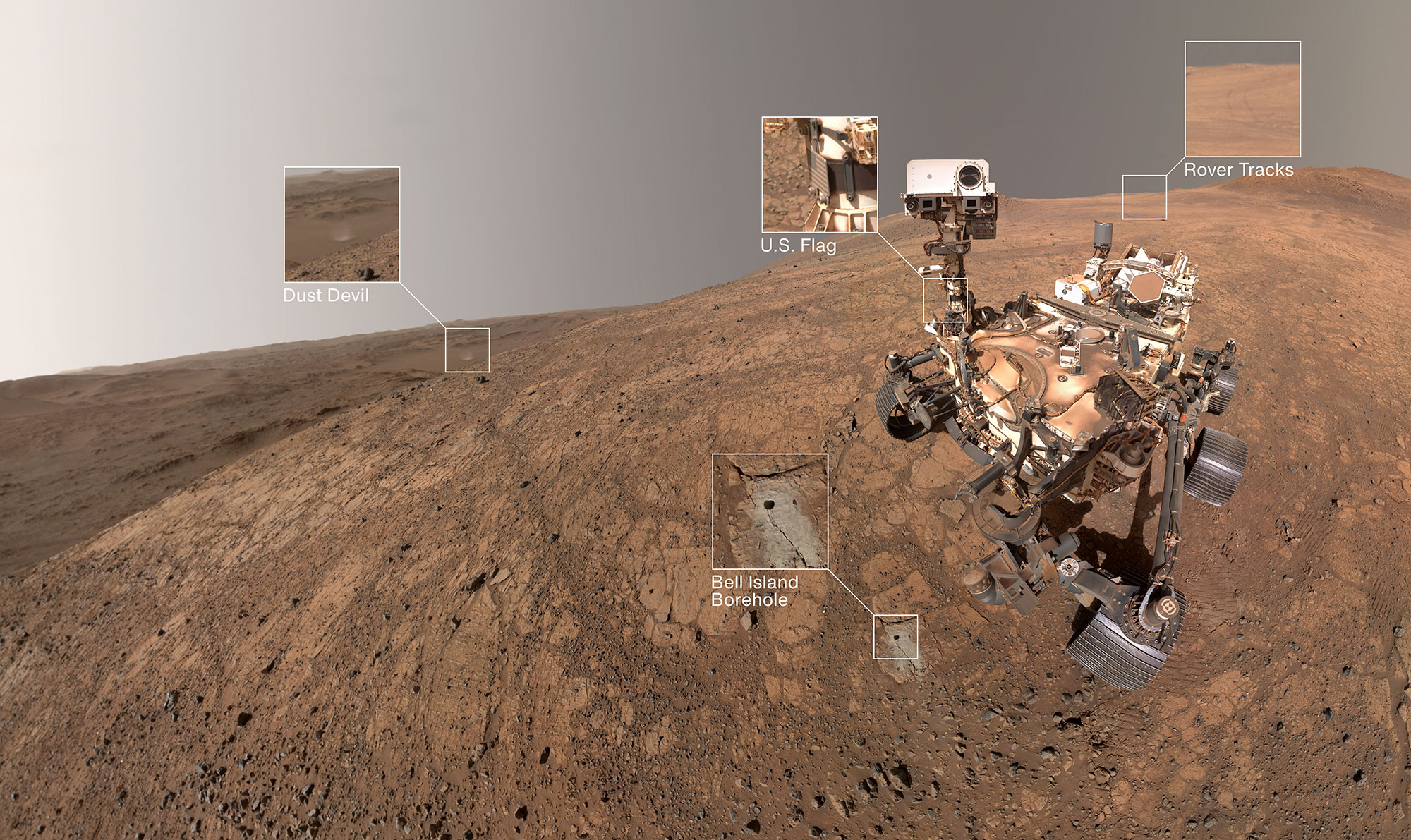2005-05-21 ブリティッシュコロンビア大学(UBC)
<関連情報>
- https://news.ubc.ca/2025/05/how-climate-change-is-changing-your-favourite-wine/
- https://journals.plos.org/climate/article?id=10.1371/journal.pclm.0000539
気候変動がワイン用ブドウの年輪に与える影響は世界的に不均一である Uneven impacts of climate change around the world and across the annual cycle of winegrapes
E. M. Wolkovich ,Benjamin I. Cook,Iñaki García de Cortázar-Atauri,Victor Van der Meersch,Thierry Lacombe,Cécile Marchal,Ignacio Morales-Castilla
PLOS Climate Published: May 21, 2025
DOI:https://doi.org/10.1371/journal.pclm.0000539
Abstract
Anthropogenic climate change has uneven impacts across the globe and throughout the year. Such unevenness poses a major challenge for human adaptation, especially for agricultural and other managed systems. Estimating effects beyond one region is challenging, however, because differences between regions make it difficult to know what seasonal periods of climate to compare. Both local climate and the planting decisions of a region affect the relevant periods for estimating changes in climate. Here, we use recent phenological models with a dataset of mean phenology for over 500 cultivars (varieties) to estimate climatic changes in growing regions across the globe for a major perennial crop that has been highly affected by climate change: winegrapes. We examine a suite of grower-relevant metrics, including temperatures during budburst, throughout the growing season and temperatures and precipitation surrounding harvest. We find that climate change has impacted all regions, especially for heat metrics across the full growing season (GDD, maximum temperature and days above 35°C). By far the largest shifts, however, are in European regions, where the number of hot days (>35°C) and maximum growing season temperatures are several standard deviations higher than before significant anthropogenic climate change. Including variety diversity in our estimates impacted only metrics at the start and end of the season, appearing most important for harvest-related climate metrics, and then only in ‘Old World’ regions, where most variety diversity is planted. Climate change impacts have thus been highly uneven across the world’s winegrowing regions and the impacts are variable across the growing season. Navigating how best to adapt the global winegrowing industry to climate change will require addressing these spatial and temporal complexities.



